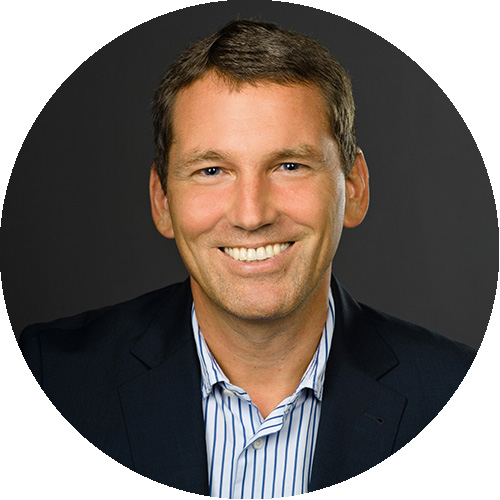
5 Characteristics of Modern Leadership
The mission of MDI is to support leaders who strive for a better world.
Investing in leadership development and unlocking the development potential of leaders guarantees companies long-term benefits. Furthermore, they promote creative solutions in innovative change processes.
Therefore, with this article, we make MDI’s view of modern leadership even more transparent.

Mag. Gunther Fürstberger
CEO | MDI Management Development International
Gunther Fürstberger is a management trainer, author and CEO of Metaforum and MDI – a global consulting company providing solutions for leadership development. His main interest is to make the world a better place through excellent leadership. He has worked for clients including ABB, Abbvie, Boehringer Ingelheim, DHL, Hornbach, PWC and Swarovski. His core competence is leadership in digital transformation. He gained his own leadership experience as HR Manager of McDonald’s Central Europe/Central Asia. At the age of 20 he already started working as a trainer.
1. Modern Leadership is aimed at improvement
- Leadership provides a definition of meaning.
- Leadership creates, develops and completes.
- Usually a status quo can be transferred into a better future, sometimes maintaining a good status quo is a leadership task.
- Leaders are disruption surfers: they are aware of the changes in their environment and choose the right disruption waves to ride.
2. Modern Leadership deals responsibly with resources
- The goal is a circular economy and no longer unlimited growth.
- Leadership always considers the consequences of its actions for people and ecosystems.
- A responsible manager strives to leave the world better than he found it.
3. Modern Leadership restrains itself
- Only as much leadership as necessary.
- Hierarchy is still needed, e.g. if the employee has little experience, if there is manager liability, if personal and organisational goals are contradictory.
- Leadership goes in both directions, employees also lead their managers.
- By exercising restraint, leadership creates an environment in which everyone is happy to contribute their own strengths and concerns.
- Leadership aims at the self-management of the people entrusted to it.
4. Modern Leadership is as cooperative as possible
- Leadership does not see employees as subordinates, but as partners at eye level.
- Leadership is based on agreements
- Leadership tries to win over the commitment of employees for concerns and thus builds more on intrinsic than extrinsic motivation.
- Just as companies are paid for services by their customers, employees are paid more and more for agreed and achieved results and less on the basis of working hours.
5. Modern leadership serves the system
- The Leader is more concerned with the collective good than with the individual good.
- Leadership supports learning.
- Leaders continue to learn on their own (When was the last time I did something for the first time?).
- Leadership develops the potential of employees.
- Leadership makes itself aware of the effects of its own actions and interactions in the system.
- Leadership ensures that decisions are made on the basis of short- and long-term considerations.

Home office accelerates the overall trend from hierarchical to lateral management.
Summary: Keeping it Short & Sweet
- Modern Leadership strives for improvement
- Modern Leadership holds back and lets others come to the forefront
- Modern Leadership happens at eye level
- Modern Leadership serves the system (and sees itself as part of it)
- Modern Leadership deals responsibly with resources














